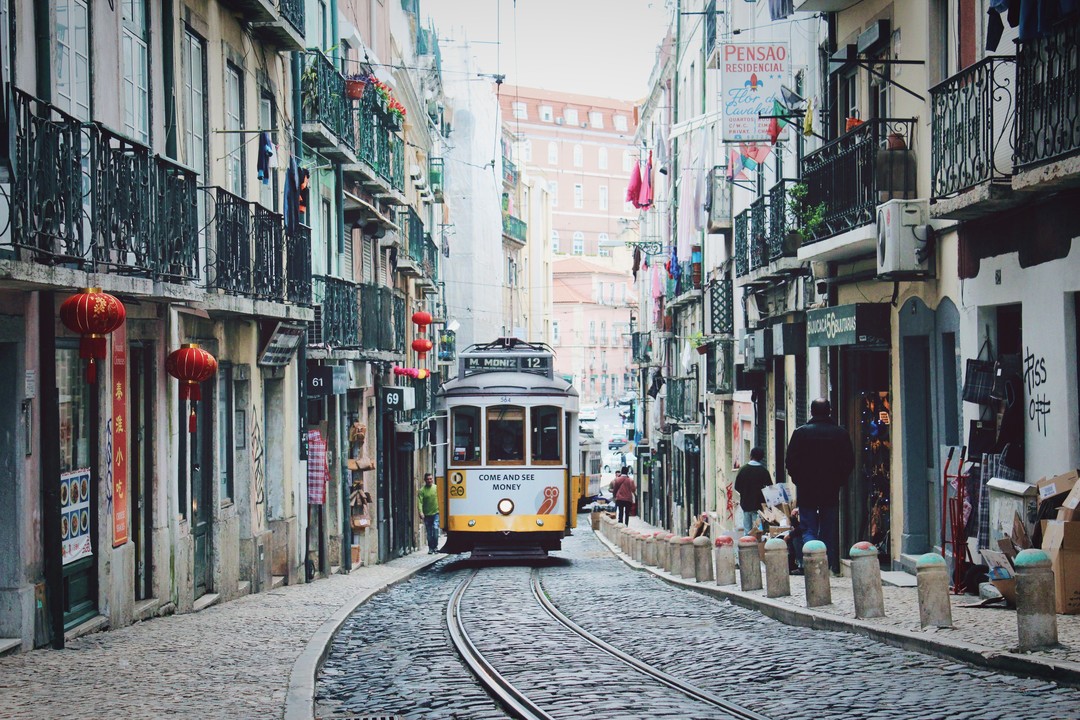7 inevitable changes in the internationalization of your company

The internal operational challenges you will face when transitioning from an exporting company to an international company
You are going to tell me that you are already internationalizing because you already export. Have customers out there has an export area which makes the trading and negotiating international contracts, make straight Siscomex or SISCOSERV has international sales representatives, and its logistics is round. Congratulations. You are on the right track. But internationalizing is another thing.
It’s about restructuring your entire sales strategy, your tax planning, your supply chain, your brand , your team and communication. It is for you to stop being another product on a multi-brand shelf to say: I’m here, I’m here to stay, with my own store, or my own office in a new country. It’s to stand out from the crowd.
Once internationalized, your company will be different. You will go through an internal transformation process to be an international company. The following will show the LGU s internal challenges that you will encounter in this process:
International financial flow
This is one of the main changes from exporting to internationalization. With an international operation, you open a bank account for your financial transactions. If you have export maturity and transact everything to Brazil, this is the point where you will breathe easier. Why? You get one more option so that your customer can pay you abroad, in foreign currency and you create reserves in foreign currency (Dollar, Pound, Euro, Yen, etc). This gives you protection against currency risks and the fluctuation of the Real.
Liked? The recommendation is that you try to separate as much as possible your international financial flow from Brazil. What you receive and spend abroad, you do for your company abroad, and the operation in Brazil does everything related to the national territory. In some countries, you can still open multi-currency accounts.
Legal and Tax Nature
There is a high chance that you will restructure your company in the internationalization process so that your two companies (Brazil and abroad) can talk to each other. You may need to adjust the legal nature, change the participation of partners, include more CNAEs, have other international registrations, think about your tax residency and how you will repatriate part of your income to Brazil (if necessary), etc. This bureaucratic part is important, and the legal and tax design needs to be done so that your company after internationalization is even more efficient (and preferably less taxed, of course).
Brand
Is the name of your company and your products in the language of the target country? Does your logo get the message you want? Are the colors and icons adequate? How can your brand manual be received in your target market? With a positive perception?
If you ask these questions and if any answer is NO, you need to create new brand communication. In this process, you basically have two options: create a new international brand different from your company in Brazil or create a new global brand that will be your communication in the world.
I’ve seen some companies lose business because the names used were translated as offenses in other countries, or the icons and arts used meant other things in the countries they were targeting. Be very careful currently.
For example, Zetra Soft , when expanding its company to London, chose the name Salary Fits because it understood that it better communicated the company’s value proposition. Already the global Havaianas e-commerce has different layouts with the products best sellers for each chosen country. Do the exercise of opening Havaianas Store US and Havaianas Store UK and see the subtle but super important differences.
International team
With the opening of your international operation, you will have employees who speak different languages, and they need to communicate. The ideal is for you to map out in your company in Brazil which positions in your operation will have international contact points and insert fluency in a foreign language in the job description. There can be exchanges on the team to spend a season outside Brazil or bring the team from abroad to train in Brazil. You will find that opening up these opportunities helps retain talent. Well, around strategic human resources management, there are endless initiatives that can be taken. The more integrated your team is, the more motivated it will be. Take advantage of the melting pot you are creating to be a competitive differentiator for you.
Global Product
We’ve talked about this in other posts, but you’ll adapt your product to meet your target markets. If you already export, you’ve probably done it at some level, but maybe not fully. The more your product is perceived as local, the better it will be. This goes for export products with only communication in the foreign language (only in English or Spanish), without those bilinguals packages you see there. After years of exporting to the US with the bilinguals packaging it is what Bauducco is trying to do: trying to persuade Americans to eat Panettone at Christmas like many of us.
Customer Journey
This is a process you will have to rethink from beginning to end. You will define a new client acquisition strategy and which teams will make the process of delivery of goods and services, both in Brazil and the outside. It could be that your sales process is international, and your delivery is exported from Brazil directly.
Now, it may be that for the needs of the international market you need to have an international stock, a part of your production or development abroad or local customer support. This design of your operation will be different from your previous export structure.
Why? You will likely want to control parts of your customer journey that you previously outsourced (to gain margin where you previously passed on commissions). Internationalization is also about taking on more responsibilities with the client. After all, he will see you directly, without the third parties who used to do this work for you.
International Supply Chain
Along the same lines, you will rethink your supply chain to ensure competitiveness. You can do a cost study to see where it’s cheaper to produce what. It may be that some international suppliers that you did not have access to in Brazil are more accessible to participate in your operation abroad. This goes for both products and services.
In the industry we have several cases like this. Making an investment in a new production line in Brazil can be much more expensive than doing it abroad. Our import taxes are high, and there is machinery that can leave at half the price and be delivered much faster abroad. You can also license part of your production to a new factory closer to your international office to reduce delivery timing. It’s more complex, but this new structure will give you another scale.
Did you go through other internal challenges in the internationalization process? What were your growing pains? Tell me here. see you in the world,
Sterna is the first Internationalization Boutique in Brazil. We can’t help to open your company abroad. Shall we have coffee? sales@sterna.co
Related contents

The Internationalization of OPUS to Canada
The landing of one of the best software development companies in Brazil…
Read more

10 reasons for opening a company abroad
The time to expand your operation outside of Brazil is now. It…
Read more

Is Portugal “Golden”?
6 points to consider before internationalizing to the mainland. Many Brazilian businessmen…
Read more

How to Select International Markets
In a globalized scenario, competition goes beyond borders, challenging companies to stand…
Read more